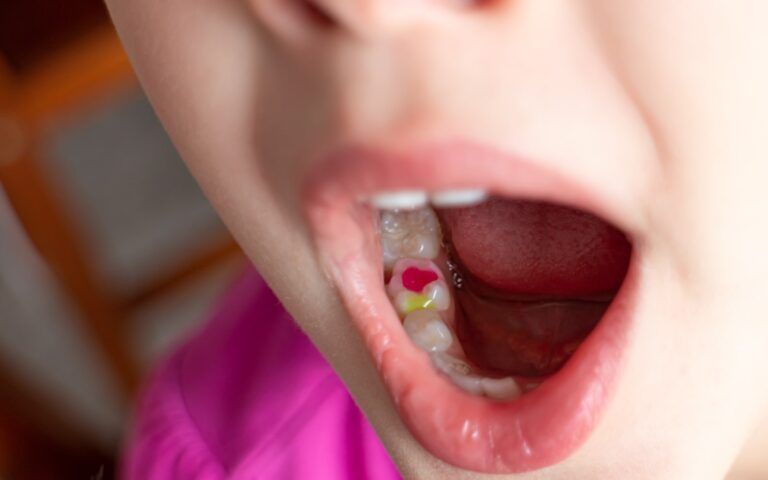It’s essential to watch out for tooth decay, especially when dealing with young teeth. Tooth decay is the result of the activity of the streptococcus mutans bacteria. It feeds on the sugars and debris left in the mouth after eating and starts by forming a layer of plaque. This biofilm will slowly harden over time into a substance known as tartar. Even those who brush diligently can have trouble with plaque and tartar. It will form in hard-to-reach areas or in areas that don’t receive enough attention. Children are still learning how to brush and may consistently miss certain parts of their mouths. So how do you know when tooth decay is starting?
How To Identify Early Signs Of Tooth Decay
Regardless of age, the most common source of tooth decay is an overabundance of sugar in our diets. We all know that candy, soda, and pastries are serious problems. These are just the obvious problems, however. Other sources of problems can be sugar, bread, and high-carb non-sugary cereal. Carbohydrates are easily converted into sugar by the streptococcus mutans bacteria. If the debris of foods like these are not removed by brushing twice a day, they serve as an important food source for mutans. Those individuals most at risk of developing tooth decay include those with:
- A high sugar or carbohydrate diet
- Limited access to fluoridated water
- Improper oral hygiene practices
- Issues with dry mouth
The first sign of tooth decay that you’ll notice will be the development of white spots on the teeth. These whitened areas where the enamel has become weakened due to the process of demineralization. Children often report that their teeth are sensitive to certain foods. Cold or hot foods, high sugar foods, and those high in acid can all be potential culprits. These white spots will eventually convert into darker spots, indicating that the decay has advanced.
However, not all cavities produce noticeable symptoms. This is why you must maintain a routine of twice-yearly visits to your dentist. They’ll be able to notice occurring issues despite the lack of symptoms you’ll notice. Even more importantly, they’ll be able to provide you with a thorough professional cleaning that will eliminate the plaque and tartar causing the decay. Further, they can deliver fluoride treatments that will help strengthen the enamel on your teeth and promote remineralization. While this won’t restore lost enamel, it can help strengthen the remaining enamel.
Talk To Your Dentist For More Tips Spotting Tooth Decay
Dentists get a lot of practice looking at teeth experiencing tooth decay. They can provide you with solid tips about what to watch out for. They’ll also provide guidance on how to prevent it from happening in the first place. During your procedure, they’ll identify spots where you may not be brushing as thoroughly as you could. They can also identify the presence of gingivitis or periodontitis and suggest treatment options for them; in-between visits, it’s essential that you maintain a steady routine of brushing, flossing, and using mouthwash.




